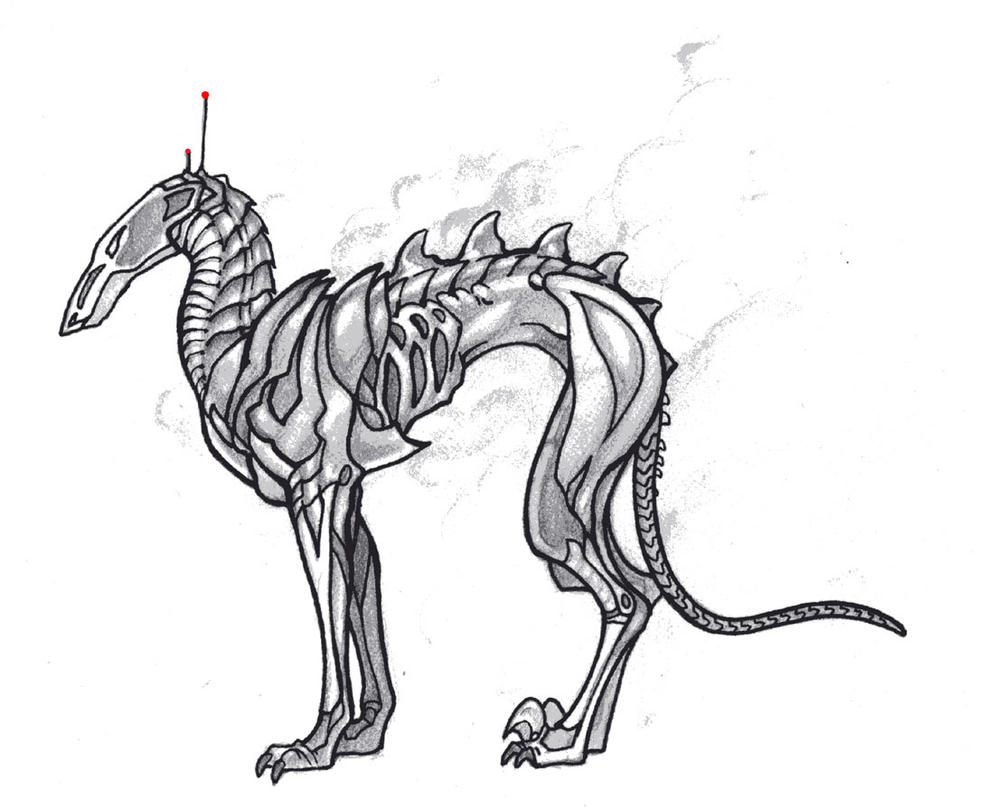 Robert Silverberg
Robert Silverberg1971
Awards: Nebula
Nominations: Hugo
Rating: ★ – – – –
It seems as if Silverberg read The Lord of the Rings and said, “This book is great but what it needs is a lot of sloppy sex and more obvious drug references!”
This book is written in a sword-and-sorcery fantasy style, with strange fell beasts, semi-medieval customs and dress and archaic sentence structures. Many of the names of people and places could be lifted straight from Tolkien (Glin, Loimel, The Burnt Lowlands). Even the map at the front of my 2009 edition uses the same font and brushwork as the maps of Middle Earth.
Unfortunately, this book is most definitely not The Lord of the Rings.
The story is about Kinnall Darival, the second son of one of the rulers of Salla, one of the lands on a planet colonized by space-faring humans centuries ago. The strongest legacy the original colonists left their descendants is a puritanical Covenant, or code of conduct, that says that the most wicked sin is to be a “selfbarer” – a person who shows any kind of reverence to themselves or to their own private thoughts. The words “I” and “me” are banished – you can only refer to yourself obliquely as “one,” as in, “there is love in one for you.”
Kinnall falls into bad company and learns about a drug that allows you to share your inner self with anyone else taking the drug at the same time as you. After taking the drug, Kinnall realizes that it is no sin to bare one's self to other people, and in fact that it can lead to good things like being able to overtly declare one's love for someone else, so he sets out to give as many other people the drug as possible. Of course the establishment doesn’t like this and he becomes a fugitive.
Among the many problems I had with this book, there were two major ones.
1. This “I/me” thing. In the world of this book, saying “I” or “me” is the ultimate obscenity, because it emphasizes the self-ness of the speaker. Samuel Delany dealt with a similar concept in his (earlier) book Babel-17. For all that book’s faults, at least Delany took it to the next logical step – he realized that if you are not going to allow a person to think about themselves by not allowing them to say “me,” then you can’t allow them to say “you” either. If you say “you,” then you clearly have a sense of someone being other than yourself, and therefore by definition you have a sense of yourself. Not to mention that you’re calling the other person’s attention to the fact that they have a self apart from yours. This is Semiotics 101. All the people in this book saying “one” when referring to themselves and then saying “you” when referring to others made the whole premise break down into silliness.
2. Seedy hippie culture. In the preface to my edition, Silverberg says that this book reflects what was going on in the late ‘60s and early ‘70s when he wrote it, but that he hopes it still stands up today, and that the themes revolving around the self-awareness drug aren’t taken too literally to make people think it's solely a drug novel. I’m afraid, however, that it definitely is a piece of its time and that it does not wear well. Taking the drug is the turning point for Kinnall; he immediately feels like his consciousness has been opened and he becomes an eager distributor. In addition, Silverberg finds some excuse for his main character to have sex about every five pages. Kinnall is a big hairy sweaty guy with a premature ejaculation problem, and the euphemisms that describe his lovemaking activities are trite, cheesy, and gross. “The rod of my sex”? Come on. He’d fit right on with Will Farrell and Rachel Dratch’s hot tub lovers.
This review originally appeared on Cheeze Blog.





